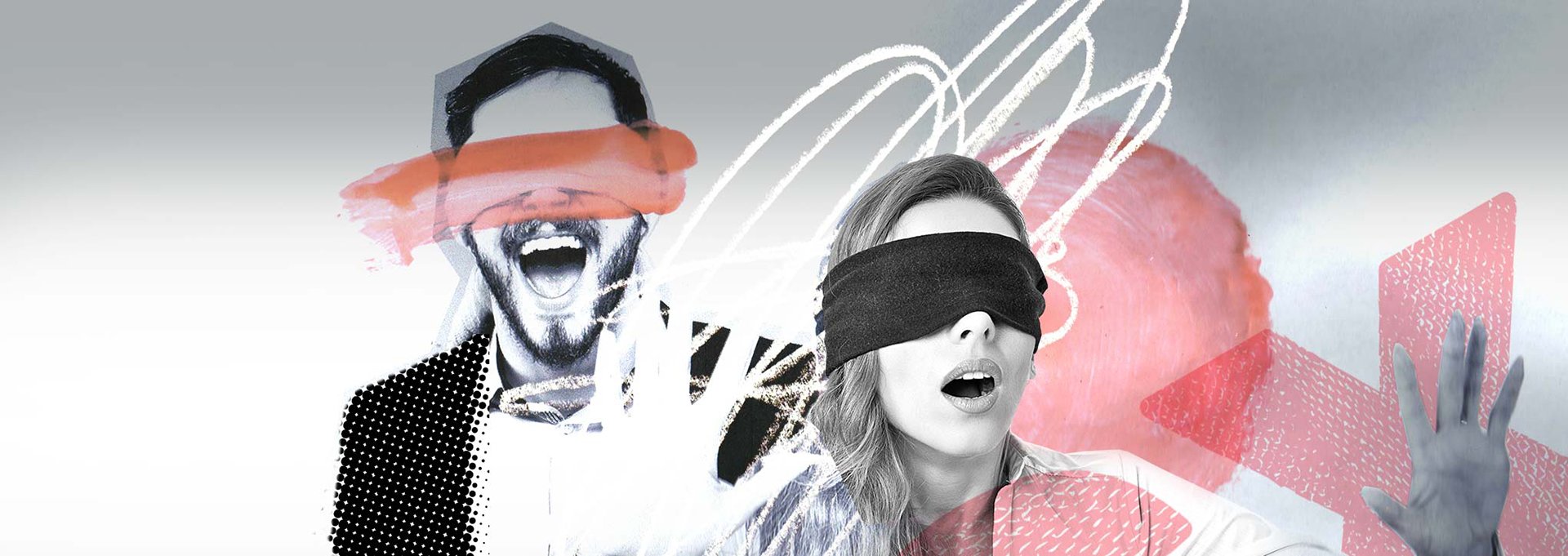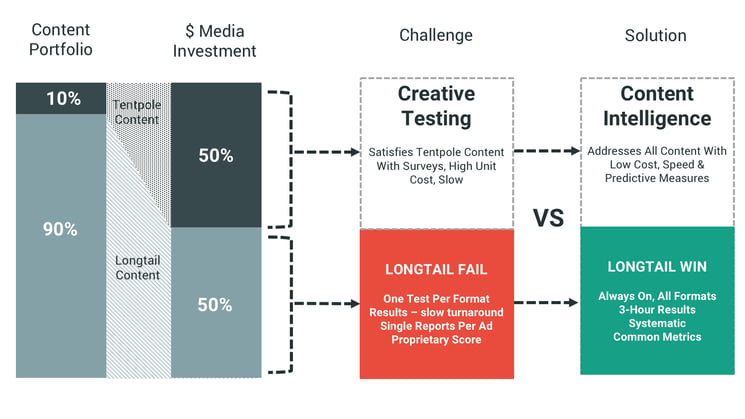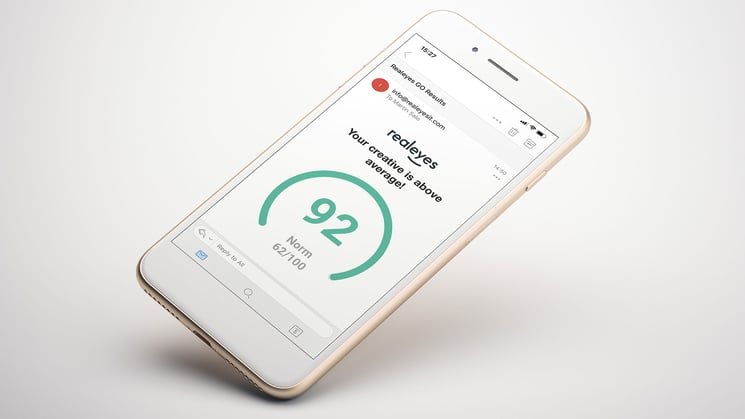
Why CMOs Are Blind to 90% of Their Content Experience

Max Kalehoff
It is best practice -- and common -- for marketers to pre-test human response of their premium video content. That typically includes big event-driven “tentpole” TV spots, like Super Bowl ads, and evergreen content that is designed to be relevant for a long period of time.

That’s logical: If you’re spending millions of dollars on creative production, and millions of dollars to distribute that content, it is only responsible to test, diagnose, improve, predict and select the highest performing ads.
More specifically, tentpole and evergreen video content represents about 10% of a large marketer’s content portfolio. It is common for this minority of premium content to command 50% of the media budget. That is not a rule, but a common ratio.
The other 90% of video content – called the longtail – often commands the other 50% of media spend. This content includes regional or market-specific ads, seasonal or one-time promotions, digital and social derivatives of tentpole content, or ads tailored for specific audience segments.
While the longtail of content contributes the most to total consumer experience, it is seldom tested for human resonance prior to launch, and often goes without rigorous testing once live in market.

We can put astronauts in space, so why can’t marketers test all their content?
Marketers and agencies are eager to preach best practices of pre-testing and in-market testing, though shoddy execution is a dirty secret in ad land. The reason why is related to inertia, economics and complexity.
Inertia. The industrial-age mindset of survey research and focus groups may work for a single or handful of assets, but conventional methods don’t scale as well in the age of digital video experiences.
Economics. The exploding volume of digital video content across channels, digital walled gardens, and formats makes traditional creative testing -- and even in-market A/B testing -- cost prohibitive.
Complexity. Moreover, the complexity of digital video channels and formats is daunting. Then consider the challenges of multiple markets and languages, distributed agency networks, varying testing sophistication, and personalization requirements.
Removing the longtail blindspot with AI
While the deterrents to comprehensive content testing with yesterday’s tools like brand-lift surveys and focus groups are real, we’ve since entered the age of AI. By 2024, AI identification of emotions will influence more than half of the online advertisements you see, according to Gartner.
Emotion AI, computer vision and automation are making one-off creative tests that take days, weeks or months a thing of the past. Now marketers are adopting the concept of “always-on human response” to power their marketing systems.
The economics have evolved from larger research agency engagements that cost tens of thousands of dollars, to predictable cloud software subscriptions that cut unit costs by orders of magnitude.
The science of facial coding and machine learning to understand emotion and attention is getting so precise, it rivals psychologists and trained human observers in some contexts, including the viewing of content and advertising.
That unlocks precise human measurement at scale, along with the ability to translate responses of opt-in audiences into actionable intelligence to create even better consumer experiences. It helps marketers move beyond the quality limits and biases of self-reported surveys.
Emotion AI is transforming the way we manage content for total optimized experience, and there’s no turning back.
Enter the age of content intelligence.
About Realeyes
Using the latest in computer vision and machine learning technologies, through any device's camera, Realeyes measures attention and emotion of opt-in audiences as they watch video content online.
Realeyes content intelligence enables brands, agencies and media companies to inform and measure their content, predict performance, and maximize return on media investment. Founded in 2007, the company has offices in New York, London, Tokyo and Budapest. Customers include brands such as Mars Inc., AT&T, Hershey's and Coca-Cola, agencies Ipsos, MarketCast and Publicis, and media companies such as Warner Media and Teads.
